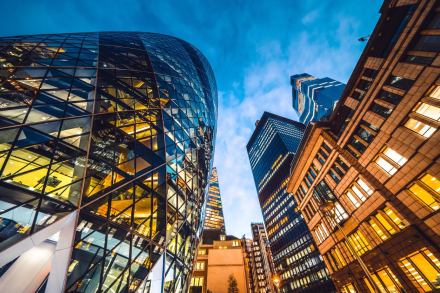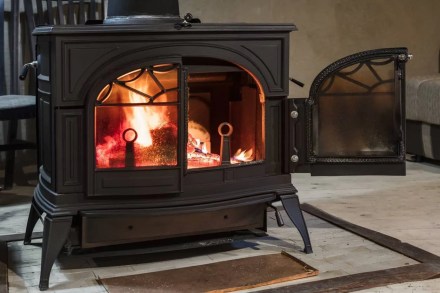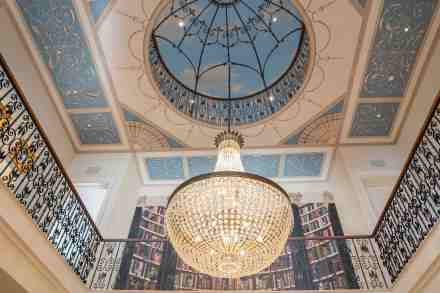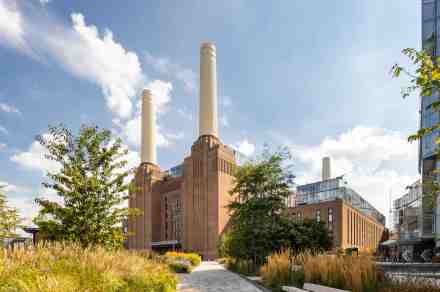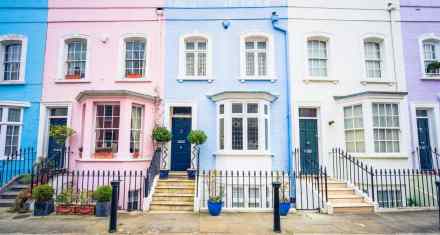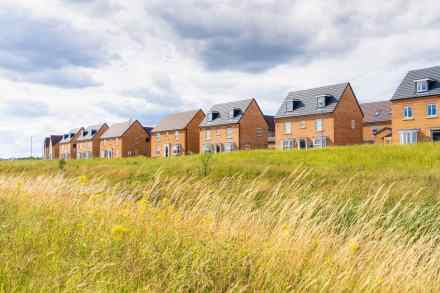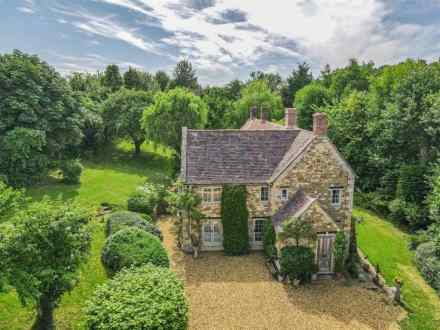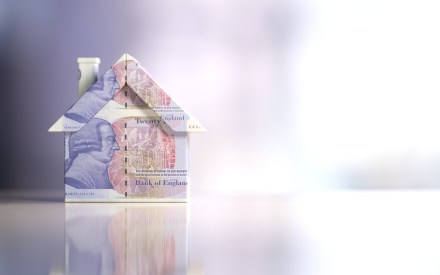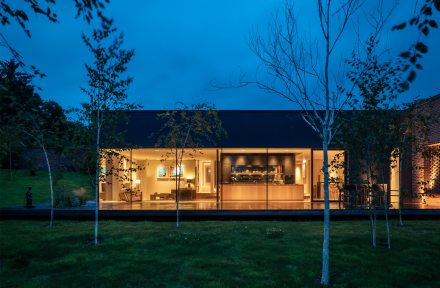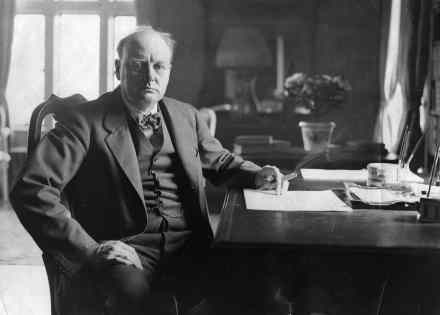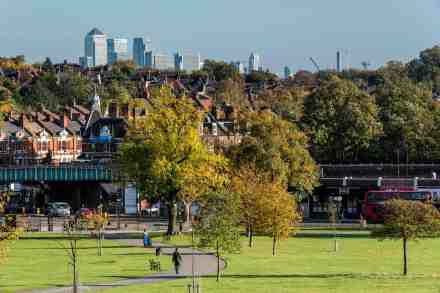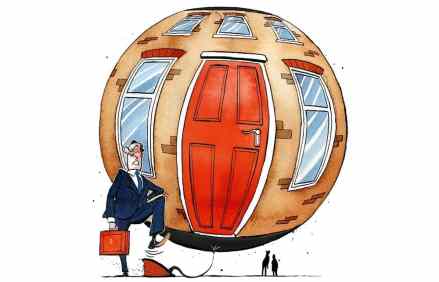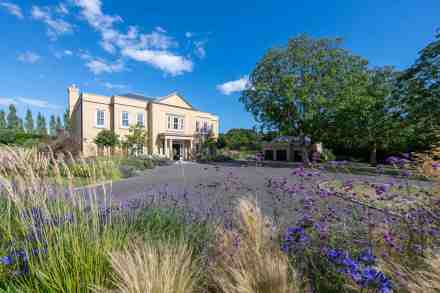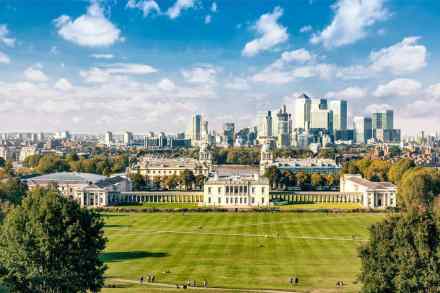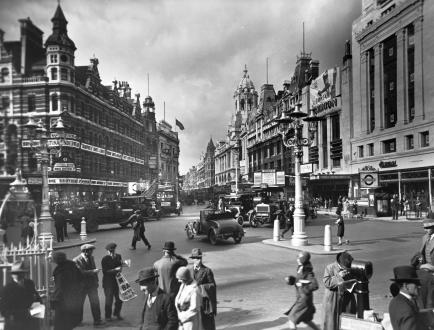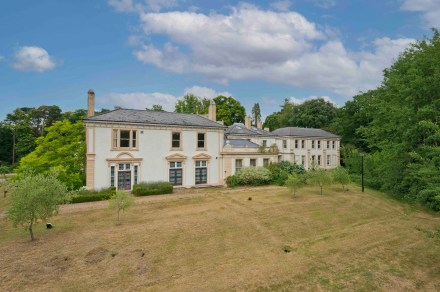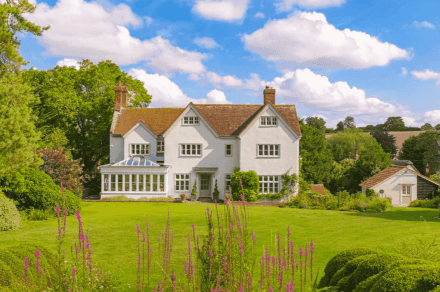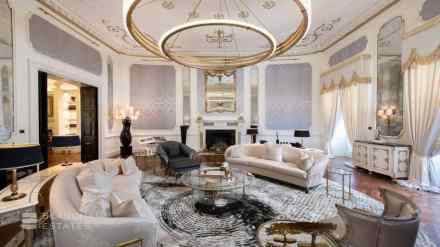Who wants to live in the Square Mile?
Mixing business with pleasure can be risky business. For decades the City of London has upheld this doctrine, religiously prioritising office space over new homes to preserve its reputation as a global financial centre. In his 29-year tenure as the City of London’s planning chief, Peter Rees famously allowed only one new residential tower to be built in the Square Mile: The Heron, a 285-apartment building which was completed in 2013. But the aftershocks of the pandemic – recent data suggests that the number of workers at their desks in the Square Mile’s offices is down by around a third; office vacancy rates stand at almost 10 per cent –
